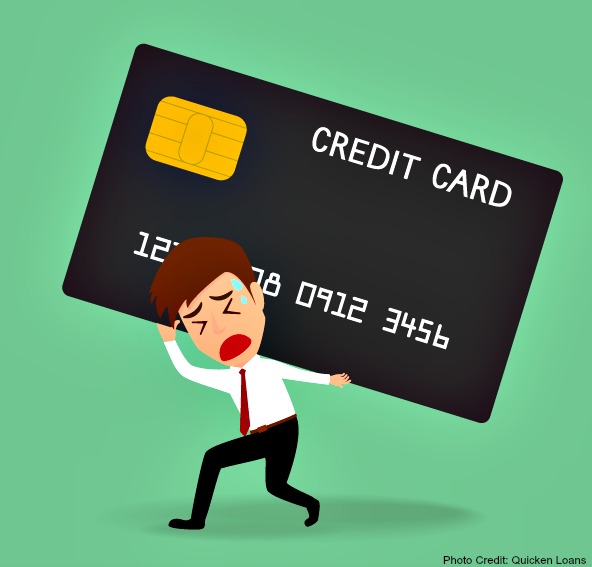I have spent the last several months researching and applying to different credentialing programs in order to begin my career as a secondary English teacher. Throughout this process, I found myself reaching into my pocket and swiping my credit card for numerous reasons with an overwhelming consistency. I did not realize that applying to become a credentialed teacher would cost so much money before even getting into a classroom. Below are a list of documents and tests that I had to apply to, and pay for, in order to submit my application to a credentialing program.
Before I even considered applying to credentialing programs, it was required that I take and successfully complete the CBEST and CSET. The CBEST is a basic skills test that consists of three sections: reading, mathematics, and writing, and it costs $102. The CSET is a test that measures content competency and knowledge, and is necessary for proving that the educator in fact knows the content they are planning to teach, and the CSET costs $297. Another fun fact about these two tests is that they each take a total of between four and six hours to complete.
Another requirement to apply for credentialing programs is the Live Scan fingerprinting and Certificate of Clearance documentation. Both certificates are used to do a criminal background check on the individuals who plan to be in a classroom with minors. Live Scan fingerprinting costs $84, and Certificate of Clearance costs $52. Educators must also become CPR certified, and that costs $120. Finally, there is the tuition for the credential program itself which can cost anywhere between $5,000 to over $10,000 per year.
If you have not been keeping count, an individual considering teaching as his/her career must shell out a total of about $650 before even getting accepted to a credentialing program. In total, an educator will end up paying between $13,000 to over $20,000 for their credential. A reader might suggest that we look into loan forgiveness programs, since these exist for educators; however, the problem is not about debt as much as it is about the barriers to entry. It is expensive to apply to credentialing programs, and that is a bigger problem than the debt that comes afterwards. When it is difficult to get into a career, we must question whether those barriers to entry have been established for the good of our education system, or as a result of discrimination.
I wonder if the high costs are intended to keep people of color out of the profession so that 70% of educators in the United States continue to be white women. Throughout my career in education, I have found that even those who are educators of color come from affluent families. In my experience, very few credentialed educators of color come from low-income families. I wonder if these high costs have deterred many passionate individuals from low-income communities from pursuing a career in the classroom. I don’t have the answers to these questions, but what I do have is a big credit card bill that I now have to figure out how to pay off.
Robel Espino
Latest posts by Robel Espino (see all)
- Parte 2, Explorando las Ideas de Jeffrey Duncan-Andrade: La Política y la Economía del Fracaso - December 18, 2019
- Part 2, Exploring Jeffrey Duncan-Andrade’s Ideas:The Politics and Economics of Failure - December 16, 2019
- Explorando Las Ideas de Jeffrey Duncan-Andrade, Parte 1: El Sistema de Educación Urbana, No Está Fallando - December 3, 2019
- Exploring Jeffrey Duncan-Andrade’s Ideas, Part 1: The Urban Education System Is Not Failing - November 26, 2019
- Estudio Sugiere Que las Lecturas en el Aula No Son Muy Efectivas, Pero Mis Alumnos y Yo las Amamos - November 22, 2019

